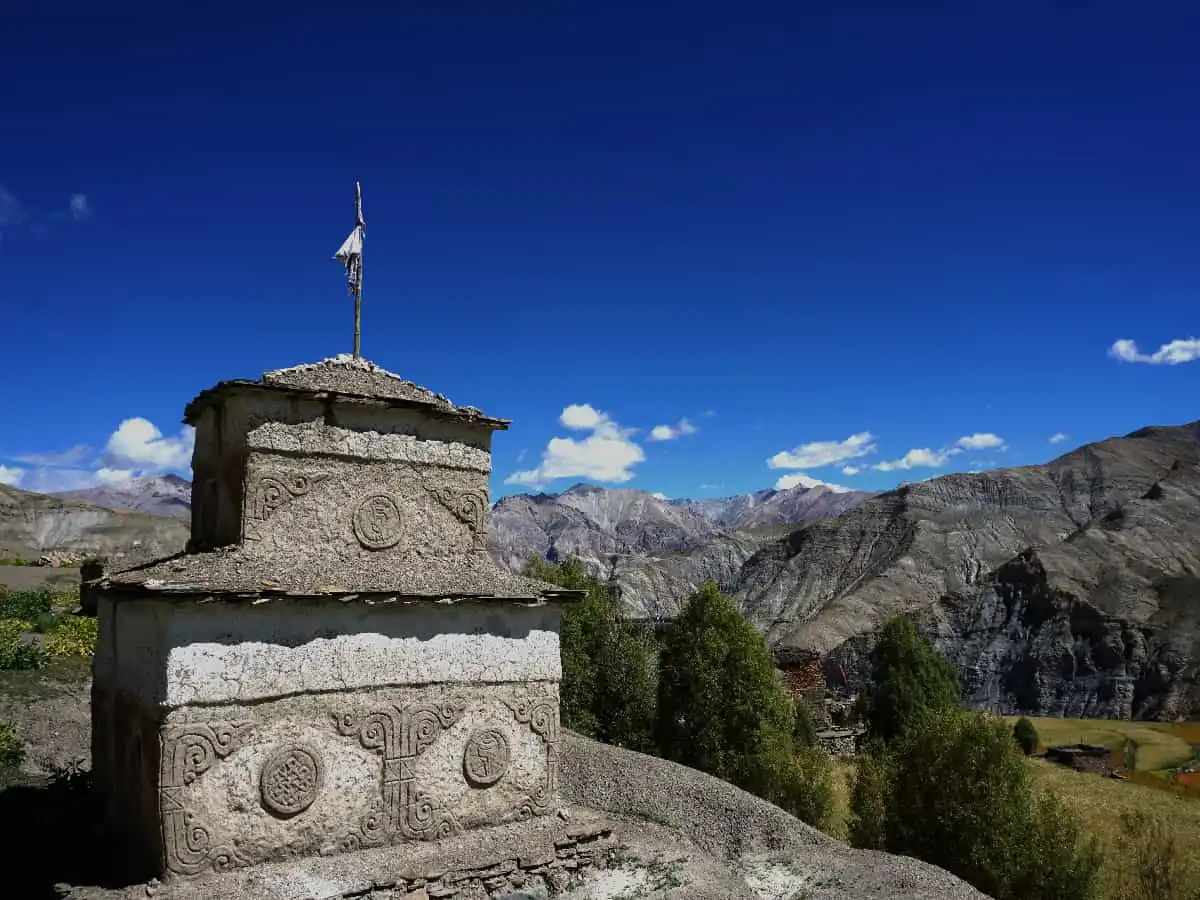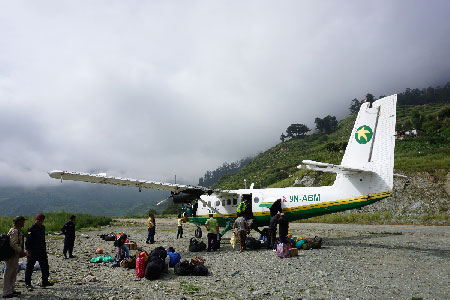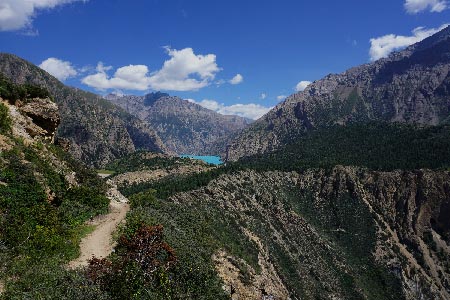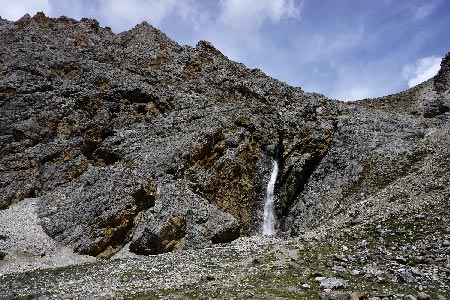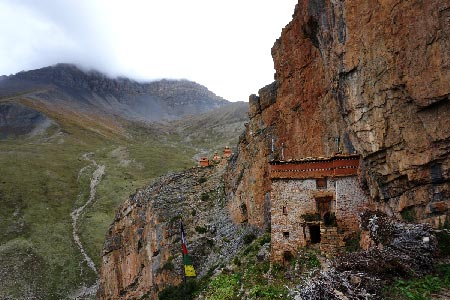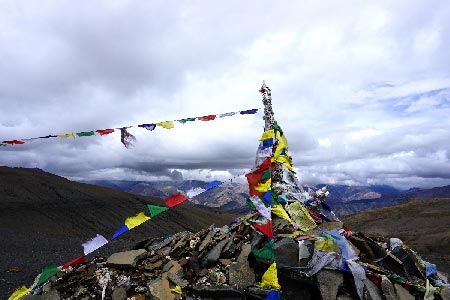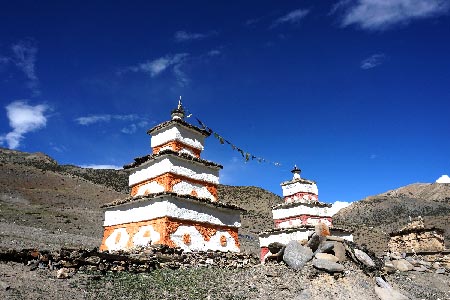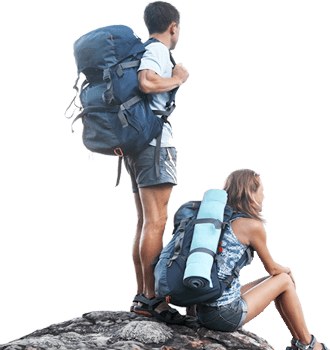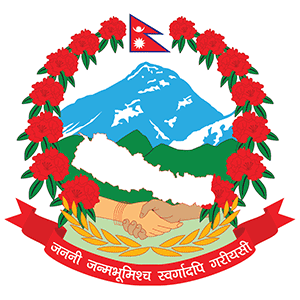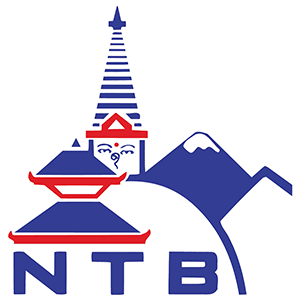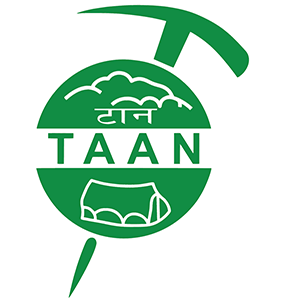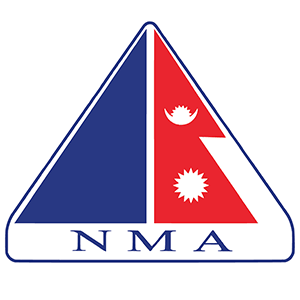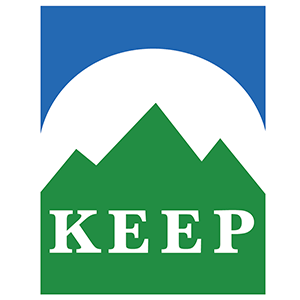Upper Dolpa Trek: A Trek Beyond the Himalayas
The Upper Dolpa Trek, also known as the "Dolpo Trek," "Dolpa Trek," or "Upper Dolpa Circuit," is a remarkable Nepalese trekking route. This route provides an unforgettable trek through rugged terrain, high mountain passes, and breathtaking scenery. The trek provides breathtaking views of snow-capped peaks, pristine lakes, and ancient monasteries. In addition to its natural beauty, the Upper Dolpa Trek provides a profound cultural experience, immersing trekkers in the Dolpo region's rich heritage and resilient communities. This journey goes beyond mere exploration, leaving an indelible impression on every trekker.
The Upper Dolpa Trek is a hidden gem in Nepal's mid-western region, located within the pristine Shey-Phoksundo National Park. This pristine wilderness offers a welcome escape from the hustle and bustle of the modern world, with its breathtaking views of towering peaks and crystal-clear streams." The region is also rich in history and culture, with ancient monasteries and traditional villages dotted across the rugged terrain. The warm hospitality of the locals offers a glimpse into a way of life that has not changed over several centuries. The Upper Dolpa Trek is an unforgettable adventure, whether you cross high mountain passes, camp beside pristine alpine lakes, or simply relax in the wilderness.
The Dolpa Trek is an unforgettable adventure that goes beyond mere adventure, leaving an indelible imprint on the soul of every trekker. The trek unfolds like a natural masterpiece, displaying the Himalayas in all of their glory. The sheer magnificence of your surroundings, the soaring mountain passes, and the unmatched views will enthrall you as you travel through Dolpo's remote areas. Each step forward reveals a new wonder, ranging from rare and unusual flora and fauna to breathtaking panoramic views. Every moment of the journey is filled with a sense of discovery, as ancient traditions and cultures flourish in Dolpo's pristine wilderness.
The Upper Dolpa Trek is a one-of-a-kind journey through the Himalayas, known for its natural beauty and deep immersion in Buddhism. The trail passes through areas primarily inhabited by devout Buddhists, with ancient monasteries and prayer flags serving as reminders of the region's rich religious traditions. Trekkers can witness daily rituals and ceremonies, which provide insight into Dolpo's spiritual heart. Shey-Gompa, an ancient monastery immortalized in Peter Matthiessen's "The Snow Leopard," is a spiritual beacon, providing a peaceful setting for pilgrims to contemplate life's mysteries. As the trek continues, trekkers are invited to immerse themselves in Buddhist teachings, gaining insights into the wisdom that has guided generations of mountain dwellers. The trek has a long-lasting impact on trekkers, instilling a deep sense of connection to something greater than themselves through encounters with ancient traditions and timeless wisdom.
The Upper Dolpa region of Nepal is a treasure trove of over 130 monasteries, providing spiritual seekers and cultural enthusiasts with a glimpse into Buddhism's enduring legacy in the Himalayas. The region's oldest and most revered gompas, found in Saldang, Dho, Chharka, and Bhijer, are not only religious sites but also living testaments to the region's rich history and cultural importance. These monastic structures, which have stood for more than seven centuries, provide a glimpse into the region's spiritual and cultural history. Trekkers can explore the intricate prayer halls of Saldang Monastery, meditate in the tranquil Dho Gompa, or admire the architectural marvels of Chharka and Bhijer. The presence of these ancient monasteries gives the region a timeless quality, reminding trekkers of the enduring faith and devotion that thrive amidst the rugged beauty of the Himalayas.
The Dolpa Heritage Circuit offers trekkers a unique blend of Hindu and Buddhist traditions that coexist harmoniously in the Himalayas. Ancient temples and monasteries in villages such as Tarakot, Dho Tarap, and Ringmo reflect the region's deep spirituality. Hindus and Buddhists participate in religious festivals and rituals, demonstrating the two faiths' long-lasting influence on daily life. This harmonious coexistence enriches the cultural tapestry, fusing tradition and modernity while reminding visitors of the region's resilience and adaptability. The enchanting landscape exemplifies the beauty of cultural diversity and the power of faith to bring communities together.
The Upper Dolpa Trek is a transformative journey through Nepal's mid-western region, providing an unparalleled experience of natural beauty and ancient cultural heritage. The trek, from rugged terrain to sacred monasteries, is full of wonder and discovery, reminding visitors of humanity's interconnectedness with the natural environment. The Himalayas, with their ancient traditions and wind whispers, form a symphony of awe and inspiration. The Dolpa Trek is more than a trek; it is a spiritual pilgrimage, a testament to the enduring allure of adventure and the limitless depths of the human soul.

